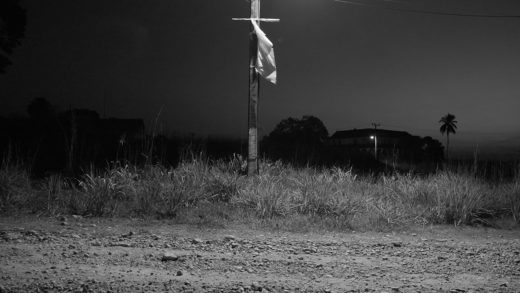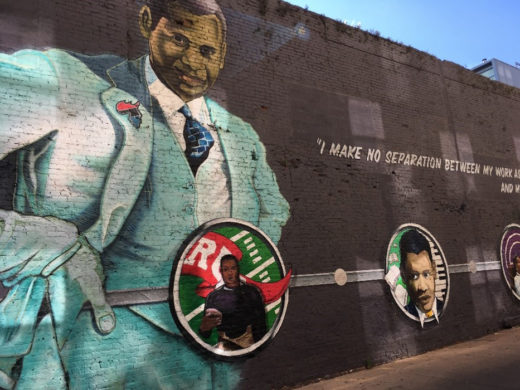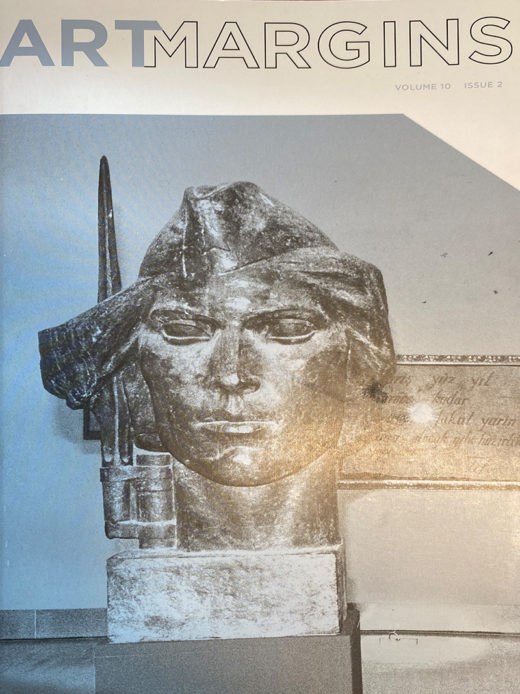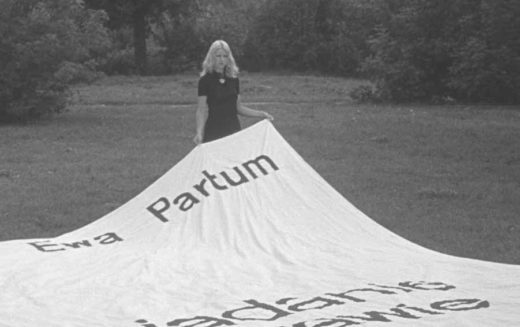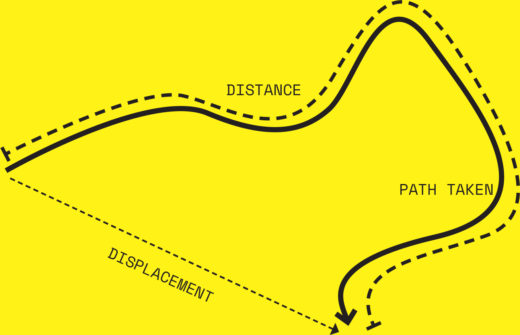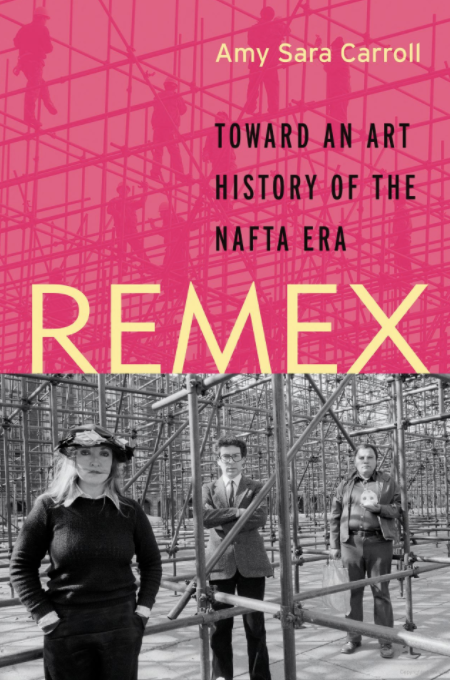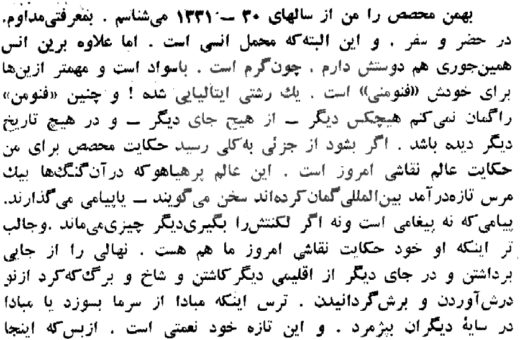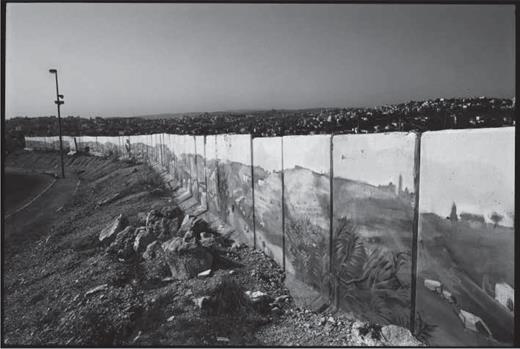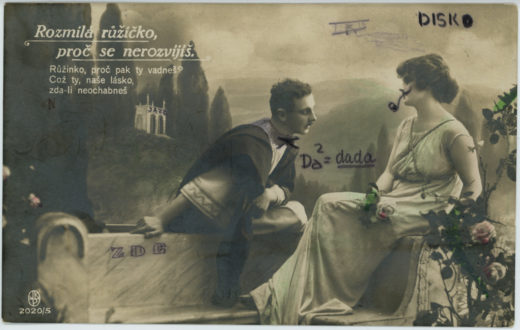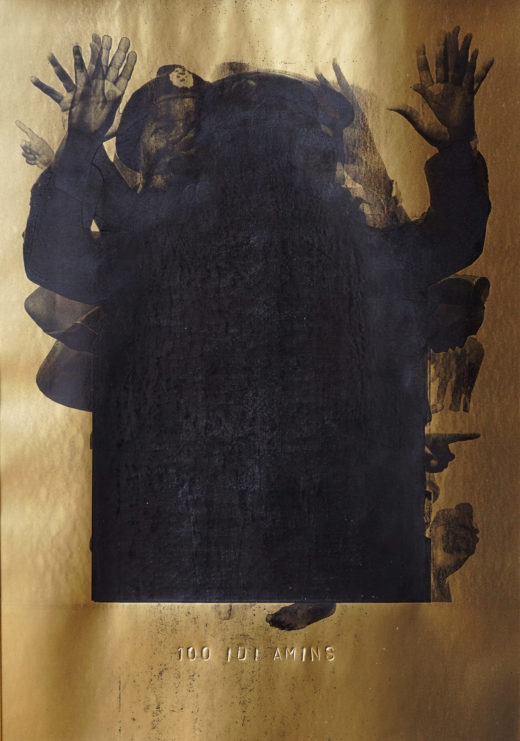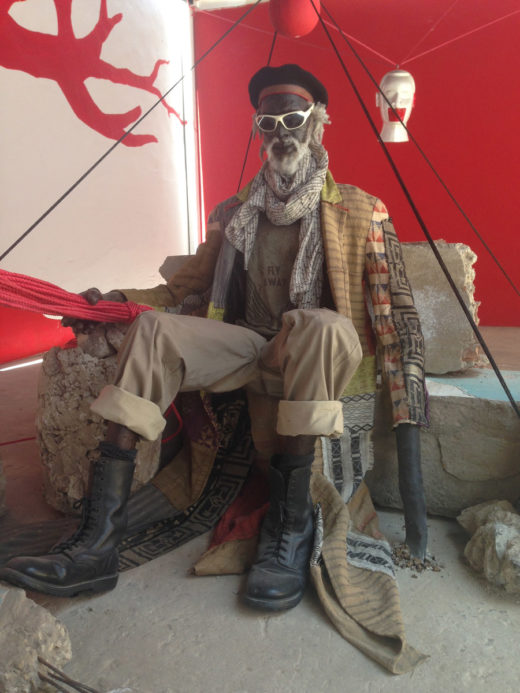What is Radical?
What does it mean to think and act radically, and how does this relate to forms of radicalism connected to earlier moments, for example, in the 20th century? What can be the role of radical art and scholarship under the conditions of late capitalism? More generally, how can art and artists serve the ongoing struggle for social justice and the agendas of emancipatory social change? Finally, what kinds of art criticism and art historical scholarship are necessary to address the great challenges of our uncertain future?
ARTMargins Online, Volume 10, Issue 3, pp. 8-96.
doi:10.1162/artm_a_00301


